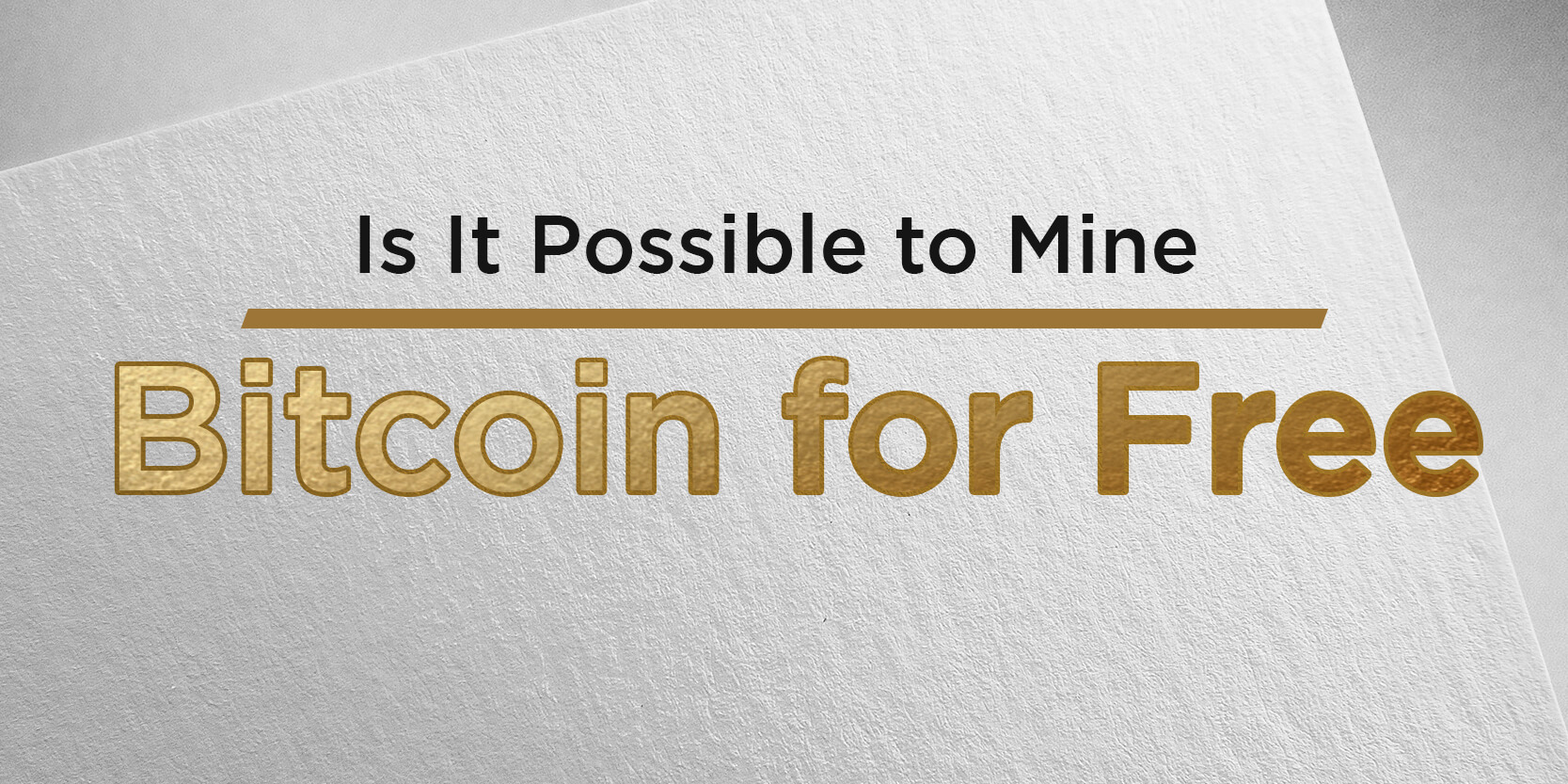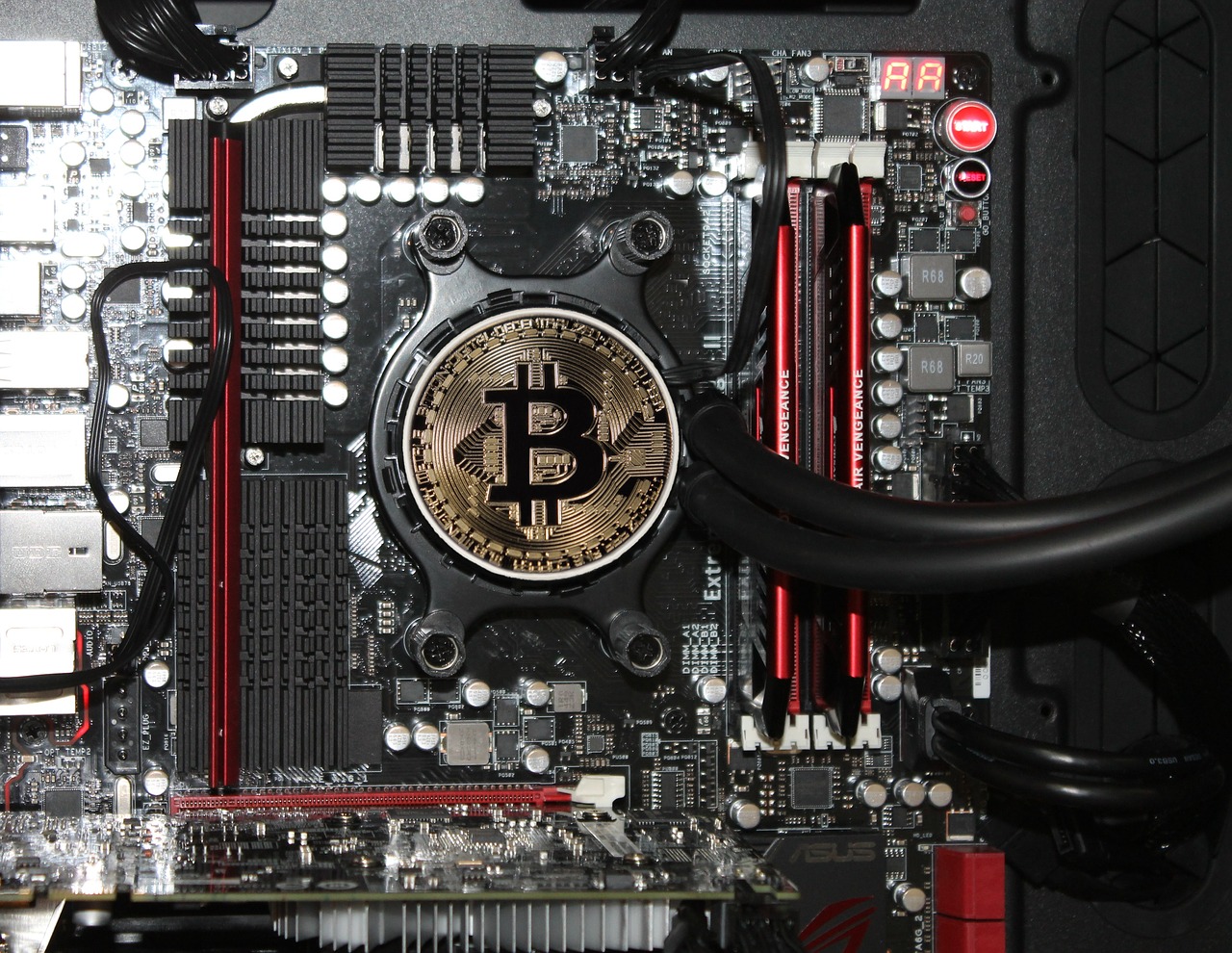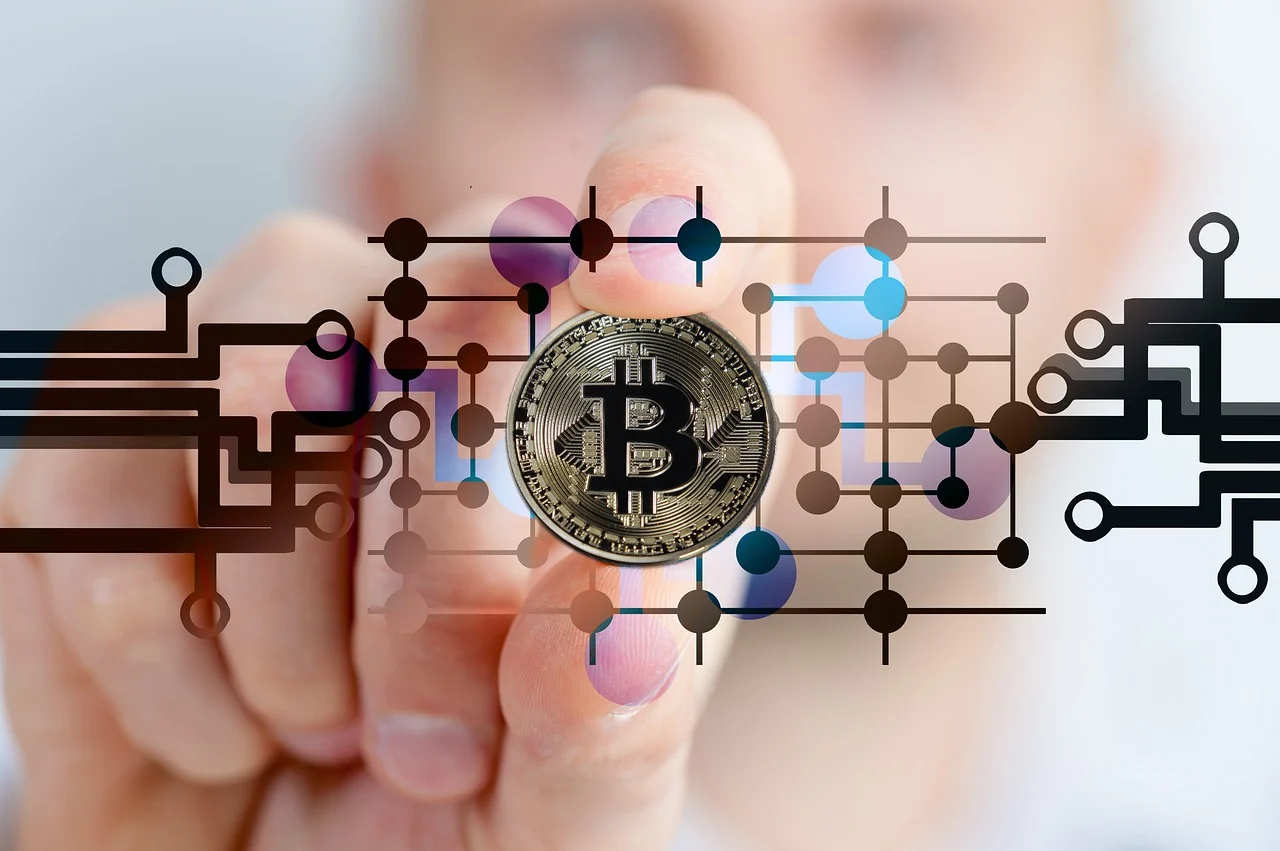
Is It Possible to Mine Bitcoin for Free?
The Importance of Mining for Bitcoin
Mining is the backbone of the Bitcoin (BTC) network. Without miners, there won’t be any Bitcoins for us to own or trade. Explaining the role of miners within the network can get a bit technical, but we’re here to make it simpler! In this section, we will be tackling how Bitcoin mining works, the rewards involved, and whether it’s legal in Australia.
How Does Bitcoin Mining Work?
The actual answer to “how does Bitcoin mining work” is actually deceptively simple: by running a powerful computer with a specialized program that has the capability to verify Bitcoin transactions. The actual explanation is a bit more technical than that.
The blockchain is a ledger of verified records that maintain the consistency and accuracy of all Bitcoin transactions. A copy of the ledger is stored in a node, AKA a storage device that:
-
Validates whether a transaction conforms with the Bitcoin protocol,
-
Relays and synchronizes valid transaction data to other nodes,
-
Stores a copy of the full Bitcoin ledger (since the beginning of time).

There are thousands of nodes worldwide, so it’s close to shutting down the whole Bitcoin network is close to impossible.
When a person sends Bitcoin to an address, the miners pick it up from nodes (most miners also runs a node), converts it to a hash string (a unique 32-character code), link it to the previous connecting string in order to form a chain (hence, the blockchain). This requires a lot of processing power (and electricity) because the process of converting valid transactions to a hash string is a trial-and-error job.
What Do BTC Miners Receive?
Miners receive what is called a “block reward” every time they manage to successfully add a block to the blockchain. One of Bitcoin’s most interesting features is “halving” -- block rewards are designed to be “halved” every 2,016 blocks, or roughly around four years. Here’s a snapshot of halving events that have, and are expected to happen throughout Bitcoin’s history:
-
2009: 50 BTC
-
2012: 25 BTC
-
2016: 12.5 BTC
-
2020: 6.25 BTC
-
2024: 3.125 BTC
-
2028: 1.5625 BTC
-
2032: 0.78125 BTC
-
2036: 0.390625 BTC
-
2040: 0.1953125 BTC
By 2041, all 21 million Bitcoins will have been mined, and are already in circulation. At that point, miners will continue to validate transactions in the network to earn money from the transaction fees.
Bitcoin Gold (BTG) is a Bitcoin hard fork i.e., a permanent divergence from the original Bitcoin blockchain that allows mining on common graphics cards (GPUs). The process of mining Bitcoin Gold is designed to be more “democratic” -- it allows everyone to mine BTG instead of just the big mining pools that can afford the expensive Application-Specific Integrated Circuits (ASICs) required to profit sizeably from BTC mining. BTG isn’t nearly as valuable as its predecessor, however (the time of writing, BTG is at around $51.07).
We will be discussing ASICs in detail in the subheading below.
What Can You Earn by BTC Mining?
There are a couple of factors that will determine exactly how much you’re going to earn:
-
Your computer/mining rig. In the Bitcoin mining business, hash rate is everything. The hash rate is a computer’s processing power. The higher a rig’s computing power is, the more BTC you can potentially earn. On the other hand, the higher your rig’s hash rate is, the more expensive it will be.
-
Your location. Depending on where you are, the electricity costs can determine how much profit you make on your Bitcoin rig.
-
The software that you’re using
-
Mining pool fees. A significant part of making Bitcoin profits is luck. Bitcoin miners pool their resources to increase the chances of making a profit. The fees vary depending on the mining pool.
-
Halving events. If you’re thinking of mining Bitcoins, you should be thinking of the future. Will your rig still be as profitable a few years later, when mining rewards go through another “halving”?
After considering all these factors, if Bitcoin mining still sounds like something that you’d want to do, don’t forget to do your due diligence. There’s a couple of important points to keep in mind before mining cryptocurrencies.
Is Bitcoin Mining Legal in Australia?
If you’re an Australian who wants to earn cryptocurrency through Bitcoin mining, good news: it’s legal in Australia! It’s important to note that you have to pay corresponding taxes on your mining activities. Any income that you earn from mining is taxable. Check out this Australian Taxation Office (ATO) page for more information on Bitcoin mining and taxes.
Is There Such a Thing as Free Bitcoin Mining?
Technically, running Bitcoin mining software on your computer is free. Whether the entire process is free is a completely different story altogether. The quick answer is there is no free Bitcoin mining online -- there are steps required. If you see a site offering free BTC mining services or free crypto, be wary. There are lots of scams going on out there. Don’t give out your private Bitcoin addresses, and don’t send your BTC to anyone.
Coming back to the topic: how does one mine Bitcoin?
Here’s a simplified step-by-step process.

1. Do research. A lot of research
Mining Bitcoin is highly technical. If you’re a beginner wanting to get into the Bitcoin mining space, there’s a lot of research to be done, particularly on:
-
The type of ASIC you’re planning to purchase
-
Electricity costs in your area
-
Different mining pools, preferably mining pools in your area
It’s best practice to do research before making any kind of cryptocurrency-related purchase; more so on Bitcoin mining rigs.
2. Purchase your rig
Whether you purchase the world-class Antminer ASIC or a high-performance gaming PC is up to you. A decent rig can set you back thousands of dollars, and that’s just the upfront costs.
3. Download a Free Bitcoin Mining Software
Congratulations on setting up your mining computer! The next step is to install specialized Bitcoin mining software. Here are some of the best free software for your Bitcoin rig:

-
CGMiner - User-friendly open-source mining software. CGMiner works with AMD graphics cards. It has a “debugging” feature that will allow you to troubleshoot, isolate and stop unsafe applications.
-
EasyMiner - Open-source mining software that offers extendability and versatility. It boasts low CPU and GPU resource usage.
-
BTCMiner - BTCMiner is also an open-source mining software for ZTEX USB-FPGA modules. BTC Miner is compatible with Windows and Linux. This one is a bit more complex since it needs to be configured to work with your rig.
-
BFGMiner - BFG is based on CGMiner but designed to promote decentralization by allocating blocks to the miner and not the pool. It requires a bit more customization so this one isn’t for new miners as well. BFGMiner only supports ASICs and Field-Programmable Gate Arrays (FPGA).
-
Awesome Miner - If you’re thinking of mining more than Bitcoin, this software might be worth checking out. This software works with ASICs and FPGAs, as well as a wide variety of mining algorithms. Awesome Miner is beginner-friendly: it works with Windows and is operable through a smartphone or a tablet.
-
MultiMiner - MultiMiner puts users’ experience at the forefront: it has an intuitive, user-friendly interface that works best with Windows and Mac OX.
-
MinePeon - MinePeon’s priority is to be a set-it-up-and-forget-it device: it can be run on Raspberry Pi (a tiny, single-board computer) so it doesn’t even need a full computer to mine! However, this project is extremely experimental so it’s not guaranteed to work every time, and there’s no customer support. It’s definitely not for newbies.
-
50Miner - 50Miner detects your setup’s hardware settings and runs on the most optimal settings -- all you need is a username and a password. This mining software works in accordance with the 50BTC pool.
4. Join a Bitcoin Mining Pool
As you probably have guessed, mining Bitcoin is a tricky combination of expertise, equipment, and luck. On your own, just the electricity rates might not make Bitcoin mining a profitable endeavor.
That’s why miners came up with the concept of mining pools: combining their resources over a network to up their chances of earning rewards that they will then split among themselves.
Factors such as how evenly are tasks assigned, how trustworthy and fair the operator is, the payout frequency and structure should be taken into consideration when choosing the best Bitcoin mining pool to work with. The best choice would be to join a Bitcoin mining pool in the area. Another important factor: do you want the security of working with a top mining pool, or do you want to ensure the decentralization of the whole Bitcoin network by working with a smaller pool?
Another important factor is the location: it’s best practice to look for mining pools in the country you’re in. If you’re in Australia, you’d do better working with a Bitcoin mining pool in Australia rather than, say, in the US or in Europe.
We hope this primer gave you a good overview of mining’s role in the Bitcoin ecosystem and what it takes to mine Bitcoin. Whether you’re thinking of buying or mining Bitcoin? Keep tabs on the latest Bitcoin price trends through our handy crypto price tracker.





Leave a Reply
27 comments
Add comment ×